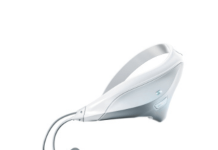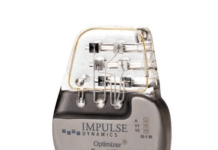LiveOne combines MEMS nanosensors with AI algorithms to provide BP measurement.
LiveMetric has received 510(k) clearance from the US Food and Drug Administration (FDA) for LiveOne, a blood pressure (BP) monitoring technology.
LiveOne is a non-invasive, wrist-worn device that provides real-time measuring of blood pressure to improve the treatment and care of patients with hypertension and cardiovascular diseases.
Without the need for any external calibration, the cuff-free solution continuously extracts the pressure waveform from the radial artery.
It combines microelectromechanical system (MEMS) nanosensors with artificial intelligence (AI) algorithms to provide BP measurements with unprecedented accuracy.
Developed using a unique technological approach, the device uses a range of high-frequency nanosensors that help to process and sense actual pressure.
LiveOne uses machine learning to extract blood pressure values from the pulse waveform shape.
It provides an extensive volume of data points to help clinicians and healthcare providers easily evaluate trends and predict the likelihood of major events.
RELATED: Radiobotics’ fracture support diagnostic CE-marked under MDR
The device is claimed to be the first CE and FDA-cleared MEMS nanosensor-based device in the world.
LiveMetric vice-president Kelly Benning said: “The LiveOne device is intended to combat the worldwide epidemic of hypertension by offering patients and providers meaningful, deeply personalised health information so action can be taken in real-time.
“With the same ease as wearing a watch, the LiveOne device will change how hypertension and cardiovascular disease are managed and treated by offering people a thorough understanding of how their lifestyle, behaviour and medication impact their blood pressure.
“We are focused on bringing this to millions of users across the channels of our customer base.”
The monitoring system helps to evaluate and monitor people at any time and from anywhere.
The company stated that LiveOne will be available for high blood pressure and cardiovascular disease patients through health insurers, health systems and self-insured employers.






